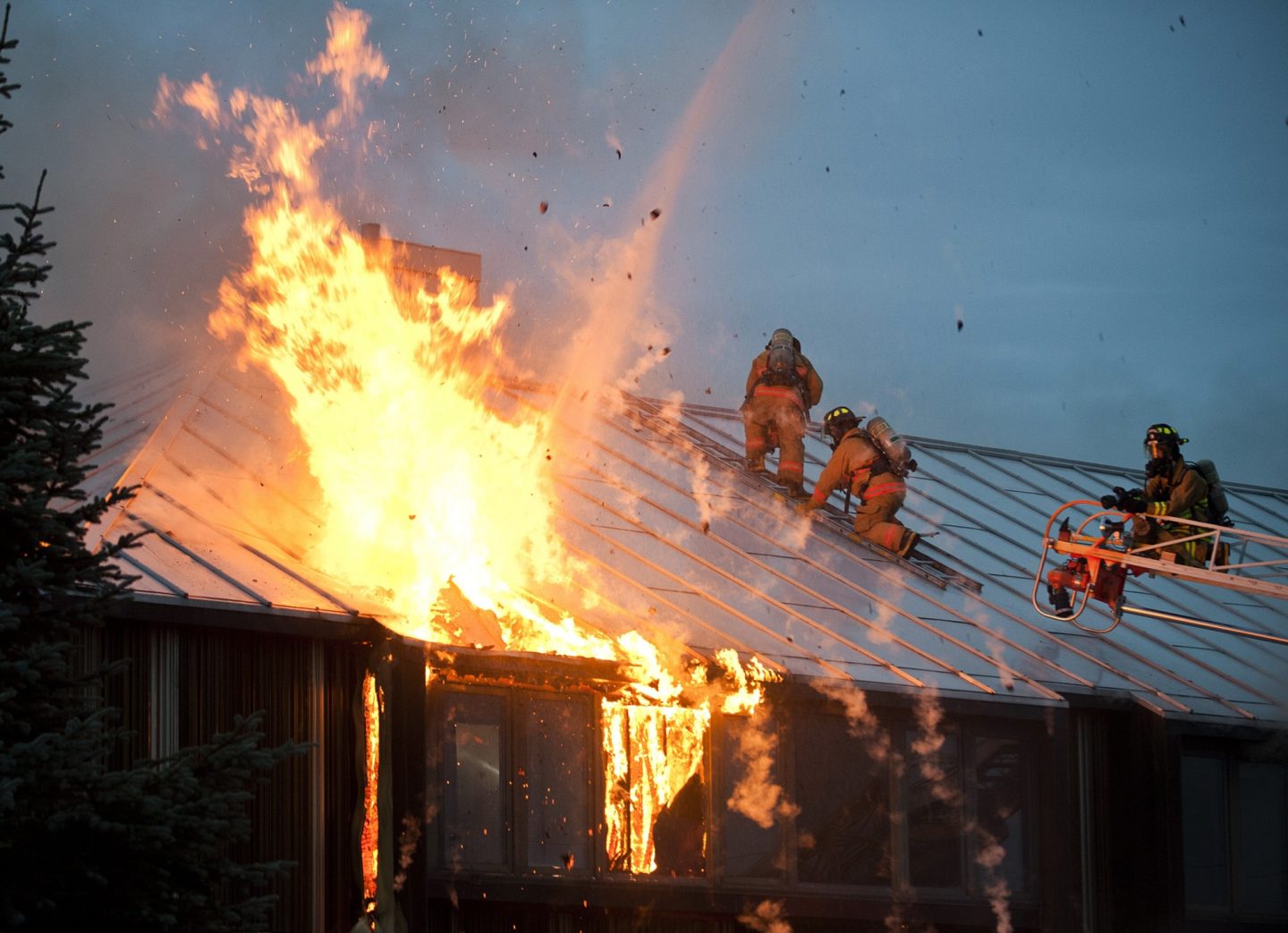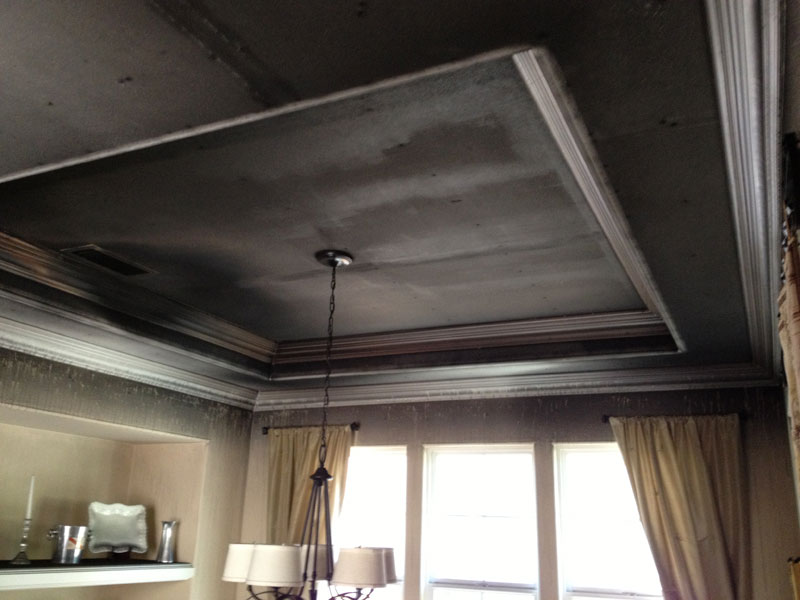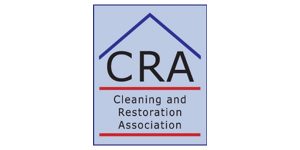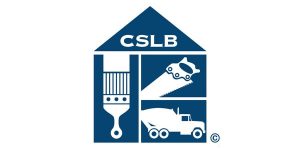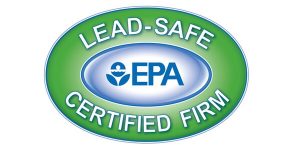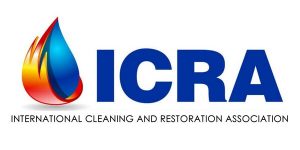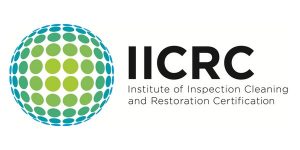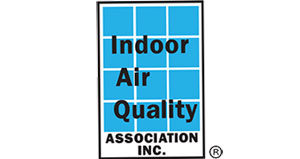Americans spend around 90% of their time indoors. Good indoor air quality is critical for your health. It gives you more enjoyment from your home. […]
Odor Removal
Fires, floods, and mold. They can all lead to hard to remove odors that seem to last forever, especially fire and smoke odors. Property managers, […]

